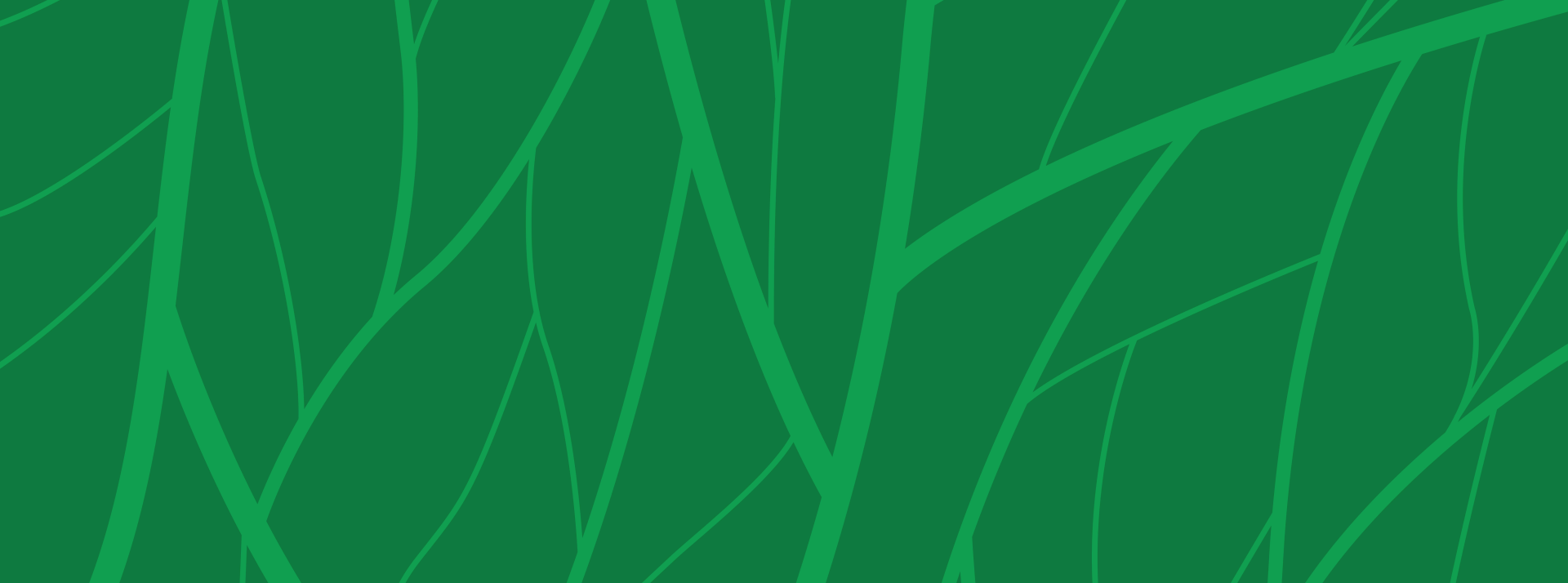Tuberculosis
Tuberculosis (TB) is a slow-growing bacterium (germ) that can be spread through the air when a person with infectious TB coughs or sneezes. TB can be cured with antibiotics; without treatment it can be fatal.
About Tuberculosis
There are two important differences when thinking about TB. When a person initially breathes in TB bacteria, their body is usually able to fight it and keep the bacteria dormant.
- This is known as TB infection (also known as latent TB). The person has dormant/sleeping TB bacteria in their body. They cannot spread the infection to others and will have no symptoms.
- Active TB Disease happens when a dormant TB infection ‘wakes up’ and the bacteria start to multiply causing symptoms and the risk of spreading the infection to others. This happens in a small portion of those infected with TB infection (approximately 2%). Children under 5 and elderly are at higher risk of having their TB infection progress to TB disease.
TB infection is common
The World Health Organization estimates 25% of the global population has TB infection. If you have been told you have/had TB infection, please speak with your doctor about your TB history. You may benefit from preventative therapy to keep your TB infection from becoming active TB disease.
Symptoms
What do TB symptoms look like? You may experience the following:
- Cough lasting greater than 3 weeks
- Coughing up thick mucous (also known as sputum)
- Coughing up bloody mucous
- Fevers
- Night sweats
- Chest pain
- Shortness of breath
- Unexplained weight loss
- Extreme fatigue
TB disease most commonly affects the lungs, but it can spread in any part of the body (e.g. joints, kidneys, bones).
Additional information
There are approximately 100 cases of active TB disease each year within Vancouver Coastal Health Authority (2011-2020 summary found on page 10 of 2020 report)
TB Services at the BC Centre for Disease Control works toward decreasing the burden of TB in BC through management of treatment, prevention, and health promotion. They are responsible for the coordination and management of treatment for most patients in BC with active TB disease. Our VCH CD team works in collaboration with TB Services to ensure that any exposed contacts of active TB cases receive timely and client-centred follow-up.
Testing
TB testing may involve a skin test (known as a tuberculin skin test = TST), a sputum test and/or a chest x-ray. Your doctor will arrange testing based on your clinical or social history.
You may be asked to have TB testing if:
- You have symptoms
- You were in contact with a person with active TB in the lungs
- You work or volunteer in health care
- You have a weakened immune system due to a health condition or you are taking medications that supress your immune system
- You are living in or going to be living in a communal setting
TB skin test (TST)
A TB skin test (TST) is a common test for latent TB infection. Its important to know your vaccine history prior to booking your TST, your appointment must be at least 4 weeks after a live vaccine.
A TST has two-parts:
- At your first visit, a healthcare provider will inject a small amount of tuberculin just under the skin of your forearm - This is called a TST plant
- 48-72 hours after you’ll go back for a second appointment, and a health care provider will look at your arm and measure any redness/swelling, this is known as a TST read.
A positive TST result means you may have TB bacteria in your body, and additional tests are required to diagnose TB.
If you have a positive TST, a public health nurse will support you with follow up testing and next steps. Please reach out to your local Community Health Centre (listed below) for information.
Accessing services
VCH has a centralized referral process for individuals who are contacts to active TB cases. A public health nurse will refer a contact to a service near them.
Please note that in BC, people who self-identify as Indigenous are eligible for annual TB screening at no cost regardless of place of residence. This service is available at all public health locations.
Find VCH TB skin testing locations for the general public
Treatment
TB is curable with antibiotic treatment. The antibiotic treatment is free and publicly funded. More information about treatment for both latent and active TB can be found on the BCCDC website.
Resources
-
-
BCCDC About Tuberculosis
-
BCCDC Latent TB Infection Handout
-
BCCDC TB Clinical Resources
-
HealthLink BC TB File
-
HealthLink TB Skin Test
-
WHO Fact Sheet
-
Tuberculosis Infections: Information for common places where people gather
-
Tuberculosis Infections: Information for schools and workplaces
-



